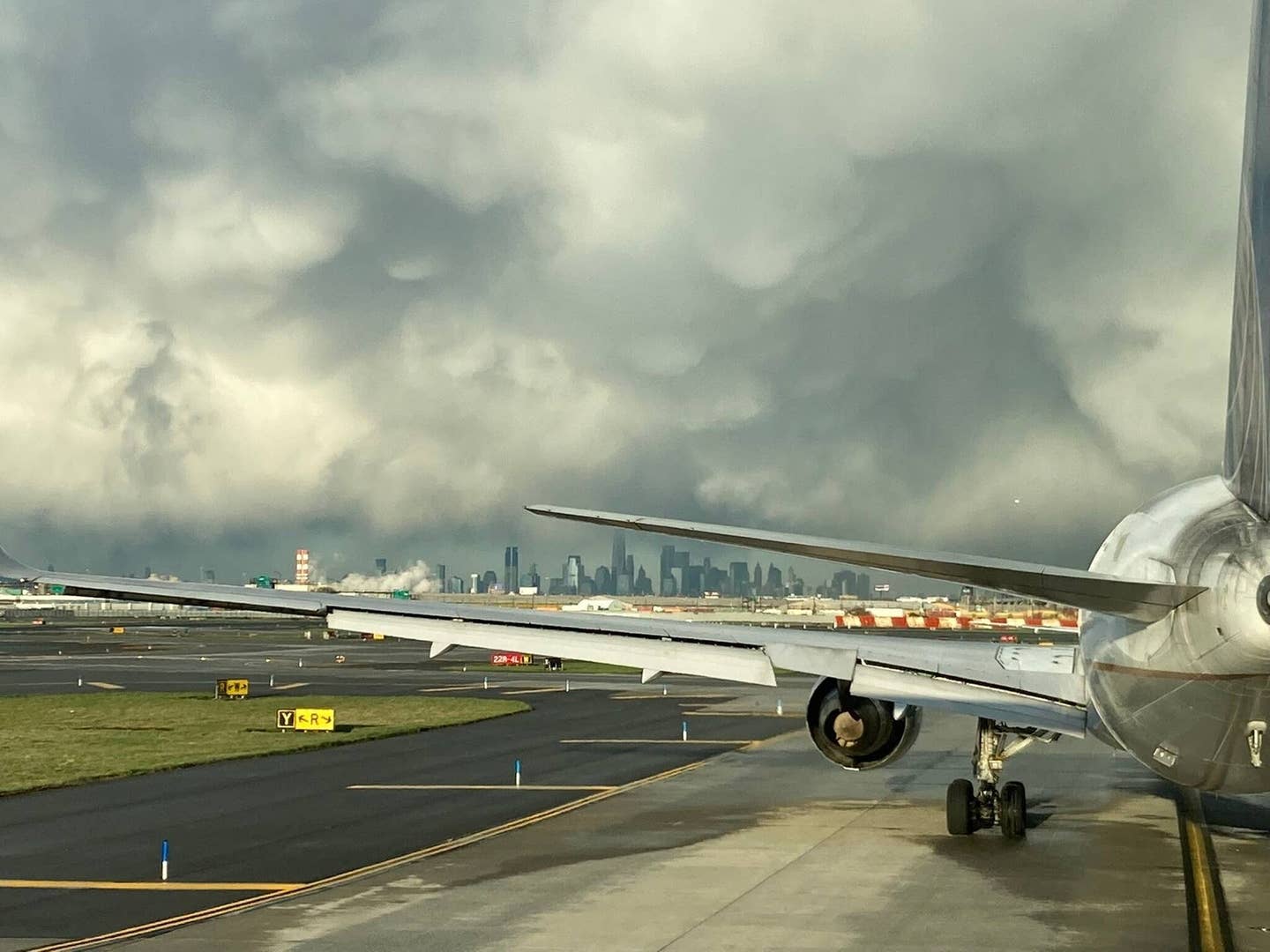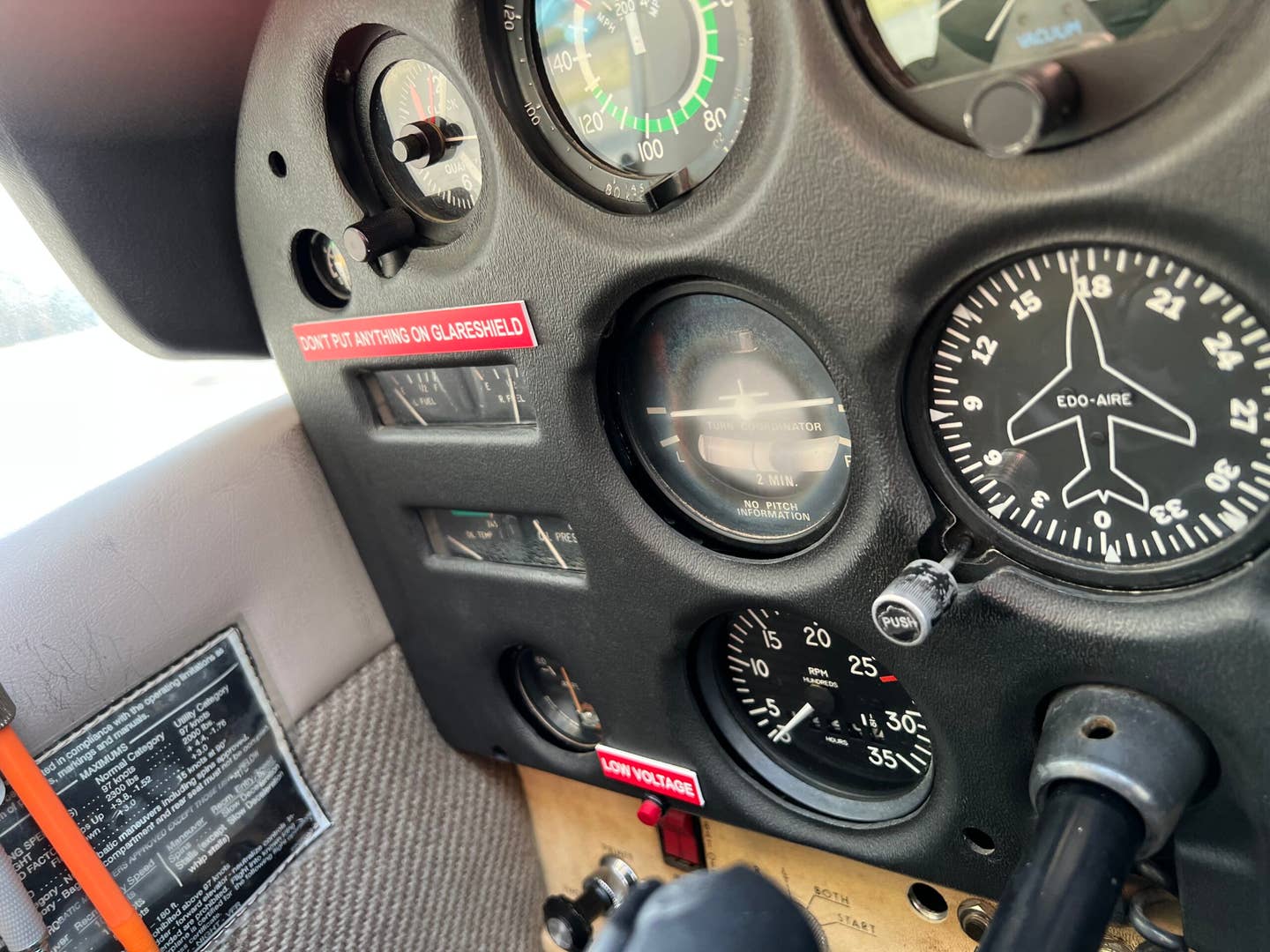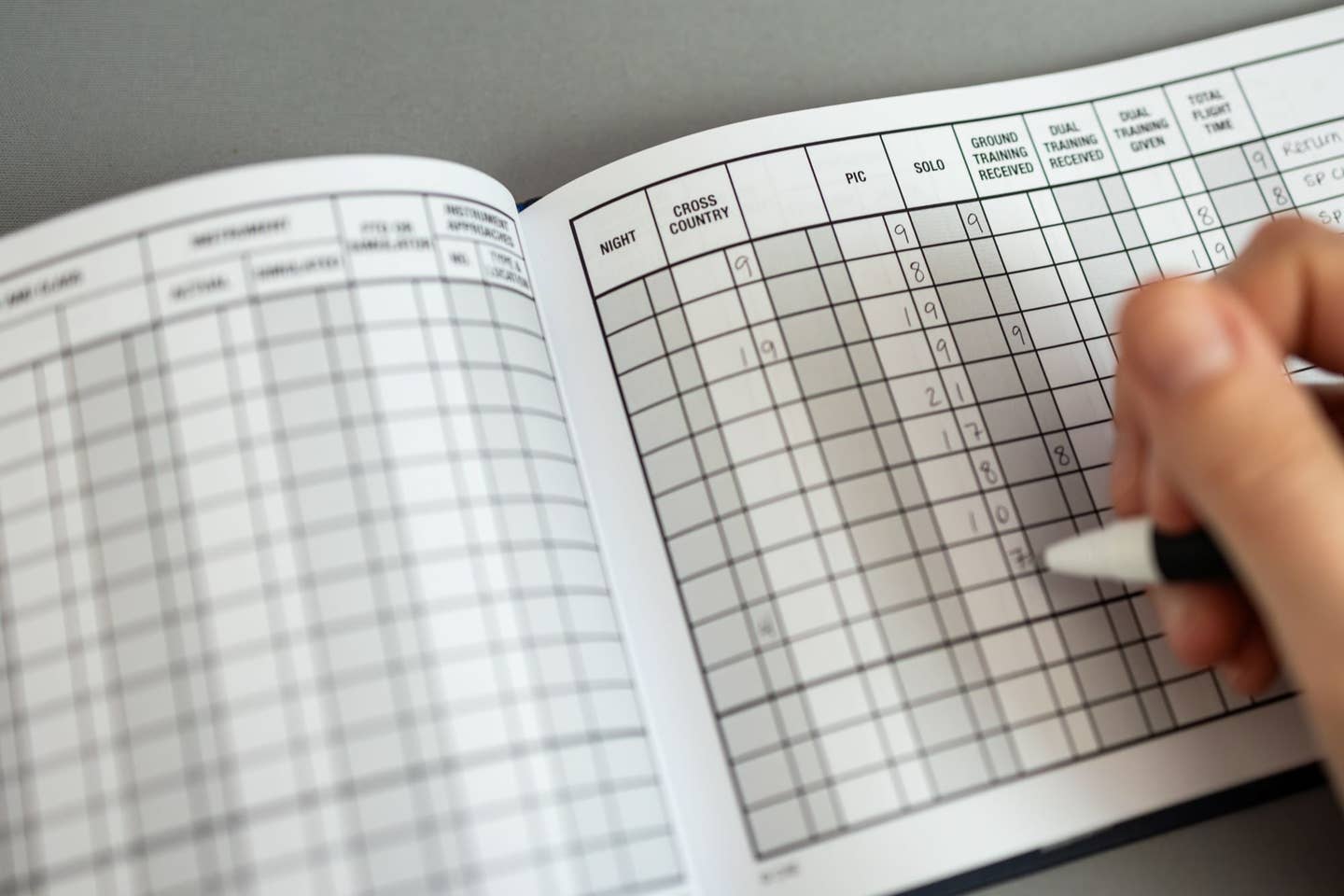
In my last blog, I spoke about the value of keeping quiet as an instructor to allow the student time to recognize and correct mistakes that don't pose a safety threat. On the other end of the spectrum, it is helpful to talk to yourself in the cockpit. This practice is helpful for all pilots, from student pilots to highly experienced flyers.
I always find that I fly better when I talk out loud. It’s not just a voice in my head telling me to set the mixture, close the cowl flaps or check the fuel selector. It’s my real voice. In many cases, there is even a script to tell me what to say. I find that reading the checklist out loud helps me make sure I don’t miss any action items or checks.
As a student pilot, start talking to yourself as soon as possible. Any time your instructor is not yapping at you, pretend your instructor isn’t there. Read your checklist, talk yourself through maneuvers, and say your airspeed, heading and altitude out loud. Not only will you confirm that the airplane is doing what you intend it to do, your instructor will also know what you’re thinking.
Initially, you may feel like a fool, but with time you’ll get used to hearing your own voice in the headset.
If you’re an experienced pilot, it may be even more difficult to learn the habit of talking to yourself in the cockpit. You may be used to quietly reading your checklist, or even worse, omitting the checklist all together. But no matter how familiar you are with an airplane, it’s easy to miss something and if that one thing is a critical flight item, such as the control wheel lock, fuel selector position, mixture setting, landing gear or flaps, you may get yourself in major trouble. The habit of reading a checklist out loud helps decrease the chances of missing these critical items.
It is also very helpful to verbally brief an instrument procedure or set up the airplane for an instrument approach -- times when you may not use a written checklist to read from, but you may use some type of mnemonic to remember each step. Talk yourself through your procedures.
Calling out your speed and altitude on an instrument approach is also good practice. The margin of error is slim, particularly on an ILS and WAAS approach. Statements such as "1,000 feet to go" and "500 feet to go" helps keep you aware of where you are in relation to the minimum descent altitude or decision altitude and gets you mentally prepared for a potential missed approach.
An added benefit of talking out loud is that your passengers will know that you are doing something important and that they need to be quiet. The passengers may also find your self-communication a good learning experience.
It may seem odd to talk to yourself, but it somehow confirms that critical items get done and that you're completing them correctly. Self-communication reaffirms that what you’re doing in the cockpit is what you intend to do and it’s a great habit to learn.

Sign-up for newsletters & special offers!
Get the latest FLYING stories & special offers delivered directly to your inbox






